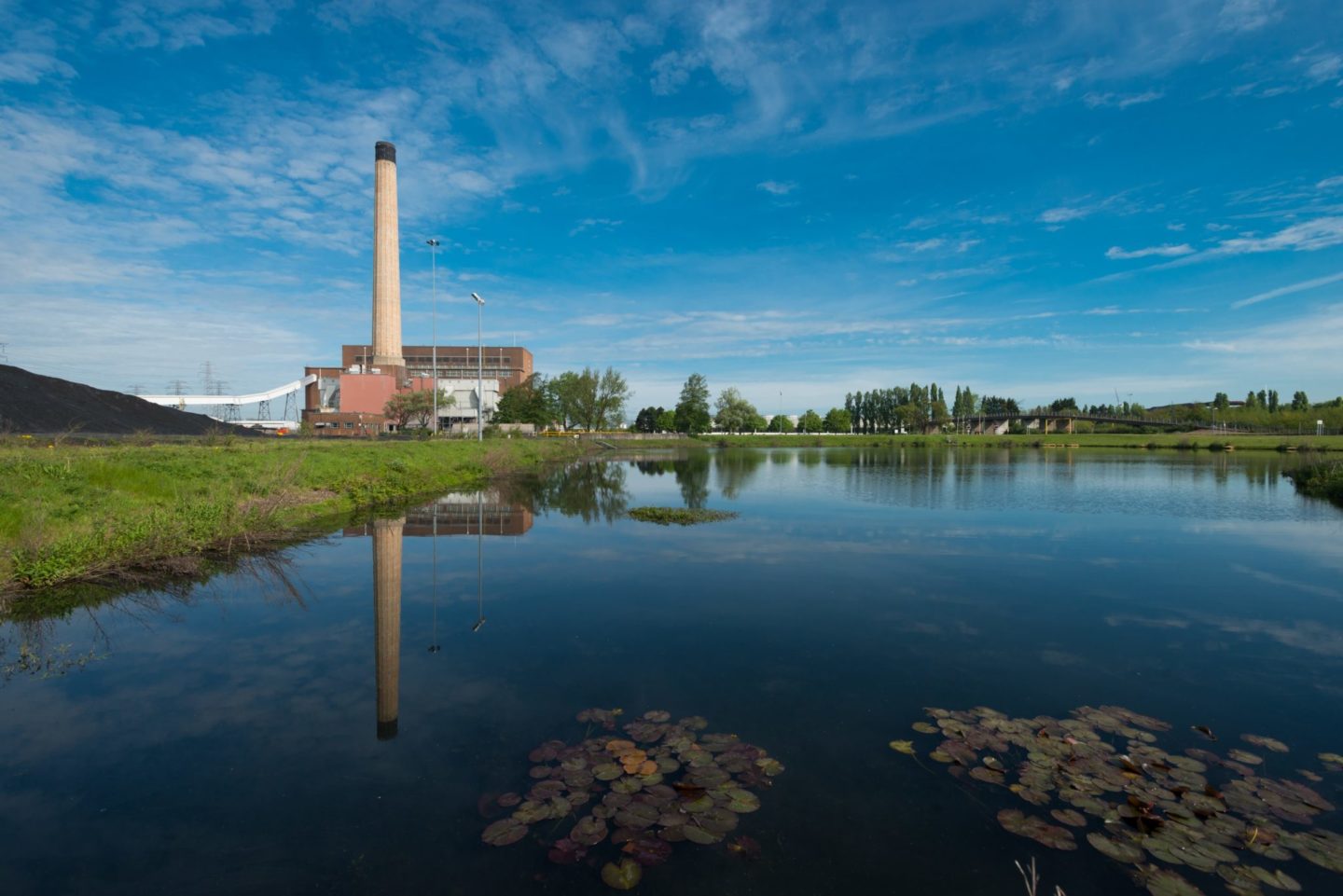At a glance
- The SIMEC Uskmouth Power (SUP) Station conversion is an innovative power project in the UK which finds a new way for old coal-burning technology to generate power.
- The converted Uskmouth plant is intended to enter commercial operations in 2021 and will use pellets made from 50 per cent non-recyclable waste and 50 per cent biogenic material, such as paper and cardboard.
- The project is governed by the [European Union’s] Industrial Emissions Directive, and will adhere to all the applicable criteria set out in that legislation.
Coal has been the source of power for homes and cities for hundreds of years, but it has come at a cost to the environment.
GFG Alliance recognises the need to transition to a new, more environmentally friendly energy source to provide power for generations to come.
We’ve made it our mission to transform industry around the world, and SIMEC, a member of GFG Alliance, is exploring new, low impact forms of power generation from hydro to solar and everything in between.
One of SIMEC’s projects is the SIMEC Uskmouth Power (SUP) Station conversion; an innovative power project which finds a new way for old coal-burning technology to generate power.
The SIMEC Uskmouth Power station was built in the 1950s in the Welsh city of Newport. Originally, the station was designed to make use of the area’s abundant pool of local coal.
Now, under our Waste to Power project, the existing 363-megawatt coal-fired power plant will be converted to run on another abundant resource – waste. This represents one of the largest waste-to-energy projects currently under development in the UK.
The converted Uskmouth plant is intended to enter commercial operations in 2021 and will use pellets made from 50 per cent non-recyclable waste and 50 per cent biogenic material, such as paper and cardboard. In doing so, it will prevent more plastic from entering landfills across Britain.
Below, Tim Cornelius, CEO of SIMEC Atlantis Energy, answers some common questions about the SUP project and its environmental impact and benefits.
Is the Uskmouth Conversion Project another incinerator?
No, SUP won’t be an incinerator in terms of [Britain’s] main emissions legislation. SUP’s primary purpose is the generation of energy rather than the disposal of waste, and that’s what differentiates it from incinerators under this legislation. Energy-from-waste plants, on the other hand, derive much of their income from gate fees – their primary purpose is to dispose of waste and that’s where their income comes from. SUP is different – it buys its fuel rather than receiving gate fees for disposing of waste. It can afford to do this because of the high fuel quality and high efficiency of conversion, coupled with the low fuel price.
Further, SUP will be adhering to the best available techniques set out for large combustion plants, rather than for waste incinerators. This means meeting higher targets on efficiency, in particular. Most recent data from the Confederation of European Waste-to-Energy Plants indicates an average efficiency for electrical plants of less than 22 per cent, compared to an expected value of 33 per cent at SUP. This can be achieved because of the much more closely controlled input fuel; SUP will not be combusting raw waste and will instead use an energy pellet produced to a narrow specification using selected waste streams. Not only is the plant more efficient, but at 20MJ/kg the energy content of the pellet is much higher (approximately double) than [that of] traditional energy-from-waste plants. This means more energy out per unit of fuel in.
Whilst not essential, it’s the intention to seek end-of-waste status for the fuel as it meets the necessary criteria – being a new, useful product made to a particular specification and supplied to meet a market demand. End-of-waste status will ensure the plant is even more clearly differentiated from traditional energy-from-waste incinerators.
What is the emissions profile of this project?
The project is governed by the [European Union’s] Industrial Emissions Directive, and will adhere to all the applicable criteria set out in that legislation.
As approximately 50 per cent of the energy pellets will be made up of biomass-derived waste, this component is treated as CO2 neutral because of the net-zero lifecycle emissions of biomass. An added benefit is that this biomass waste does not end up in landfill, where it could otherwise decompose and release methane – a much more powerful greenhouse gas.
Is it clean energy?
It’s a sustainable approach which allows an extension of the useful life of an otherwise defunct asset, and recovery of useful and high-quality energy from materials which could otherwise end up in landfill (or being incinerated in less efficient facilities). It’s a shining example of the circular economy in action.

